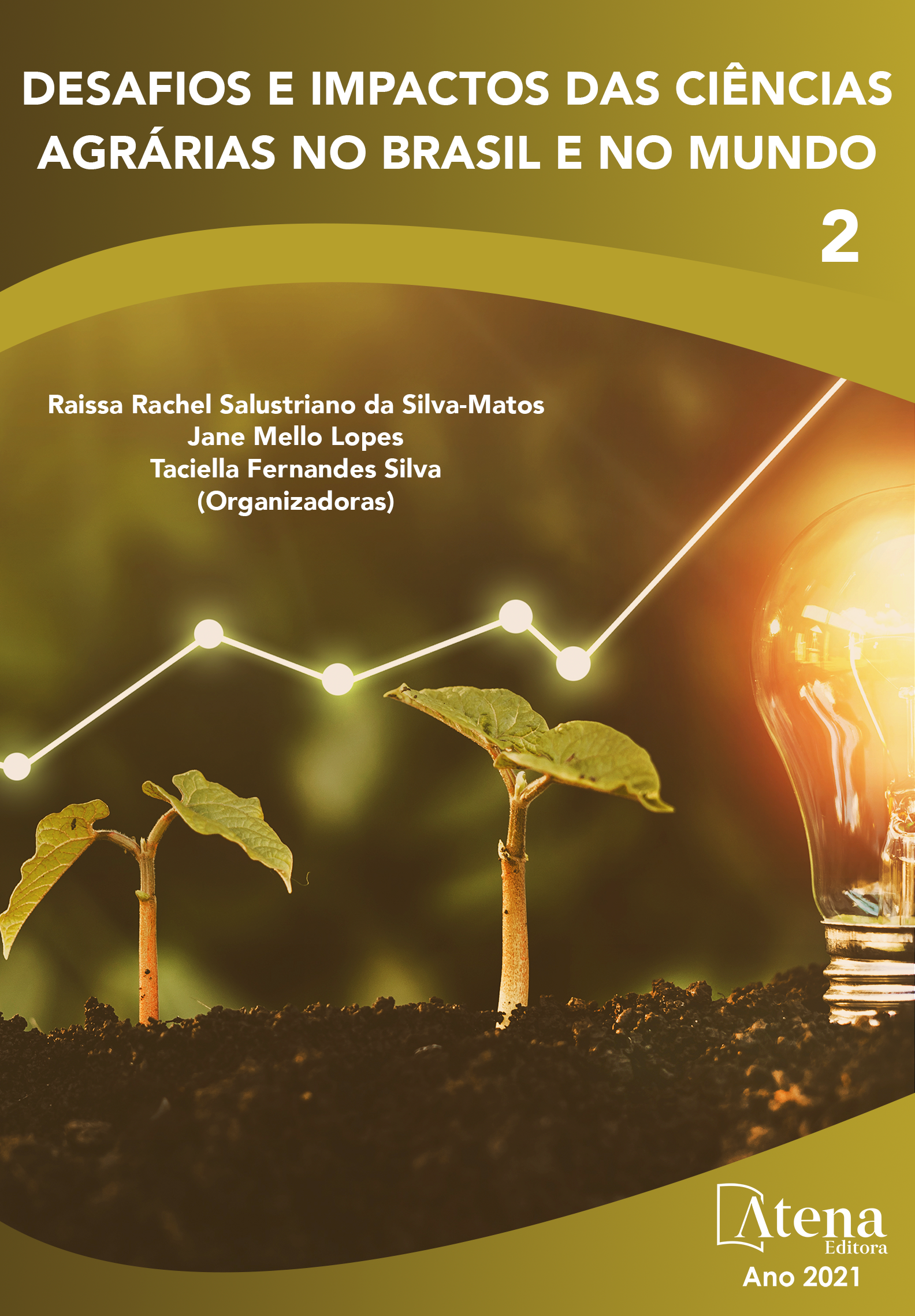
BEM-ESTAR ANIMAL NOS PARQUES DE EXPOSIÇÕES PARA CAPRINOS E OVINOS NO ESTADO DO MARANHÃO
Objetivou-se com esta pesquisa levantar as condições de ambiência no interior das instalações e sua influência no bem-estar de caprinos e ovinos dos parques de exposições no Maranhão. Foram registrados temperatura ambiente (TA), umidade relativa do ar (UR), temperatura de globo negro (TGN), índice de temperatura de globo negro e umidade relativa do ar (ITGU) às 9 e 14 horas. Os índices fisiológicos foram obtidos através dos registros de temperatura retal (TR), frequência respiratória (FR) e temperatura superficial (TS) de 30 animais em cada exposição (15 caprinos, 15 ovinos ou 30 animais da mesma espécie). De acordo com os registros do ITGU, as instalações que possuíam cobertura de fibrocimento amianto, telhas de zinco e polietileno apresentaram ITGU próximos do registrado na instalação que não possuía cobertura. Verificou-se que os ovinos Santa Inês de Imperatriz, os Dorper de São Luís, os mestiços DorperxSanta Inês de Grajaú não foram eficientes na perda de calor sensível no turno da manhã. Os Dorper e caprinos SPRD de São João dos Patos, os Santa Inês e os caprinos SPRD de Chapadinha também não foram eficientes em perder calor sensível no turno da tarde devido à alta TA. De acordo com a FR, apenas na exposição de Porto Franco, os ovinos Santa Inês no turno da manhã e os caprinos SPRD nos turnos da manhã e tarde não estavam sofrendo estresse térmico, pois são animais mais adaptados e conseguiram dissipar calor apesar do ITGU no turno da tarde superar os 85,1. Em relação a TR os ovinos Dorper de São João dos Patos, os Santa Inês e os caprinos SPRD de Chapadinha estavam estocando calor, estes animais estavam sofrendo alto estresse térmico. Portanto, todas as instalações das exposições onde foram realizadas as pesquisas estavam proporcionando ambiente fora da zona de conforto térmico para os animais.
BEM-ESTAR ANIMAL NOS PARQUES DE EXPOSIÇÕES PARA CAPRINOS E OVINOS NO ESTADO DO MARANHÃO
-
DOI: 10.22533/at.ed.57921020616
-
Palavras-chave: BEM-ESTAR ANIMAL NOS PARQUES DE EXPOSIÇÕES PARA CAPRINOS E OVINOS NO ESTADO DO MARANHÃO
-
Keywords: ambience, facilities, goats, thermal comfort.
-
Abstract:
The objective of this research was to raise the conditions of ambience inside the facilities and their influence on the well-being of goats and sheep in the exhibition parks in Maranhão. Ambient temperature (AT), relative humidity (RH), black globe temperature (BGT), black globe temperature index and relative air humidity (BGTIH) were recorded at 9 and 14 hours. The physiological indexes were obtained through the records of rectal temperature (RT), respiratory rate (RR) and surface temperature (TS) of 30 animals in each exposure (15 goats, 15 sheep or 30 animals of the same species). According to the BGTIH records, the facilities that had asbestos fiber cement cover, zinc and polyethylene tiles had ITGU close to that recorded in the facility that did not have coverage. It was found that Santa Inês de Imperatriz sheep, Dorper de São Luís sheep, crossbreeds DorperxSanta Inês de Grajaú were not efficient in the loss of sensitive heat in the morning shift. Dorper and SPRD goats from São João dos Patos, Santa Inês and SPRD goats from Chapadinha were also not efficient in losing sensitive heat in the afternoon shift due to high TA. According to the RR, only at the Porto Franco exhibition, Santa Inês sheep in the morning shift and SPRD goats in the morning and afternoon shifts were not experiencing thermal stress, as they are more adapted animals and managed to dissipate heat despite BGTIH in the afternoon shift exceeds 85.1. In relation to RT the Dorper sheep from São João dos Patos, Santa Inês and SPRD goats from Chapadinha were storing heat, these animals were suffering high thermal stress. Therefore, all the exhibition facilities where the research was carried out were providing an environment outside the thermal comfort zone for the animals.
-
Número de páginas: 19
- JÉSSICA ANTONIA CARDOSO MENDES


